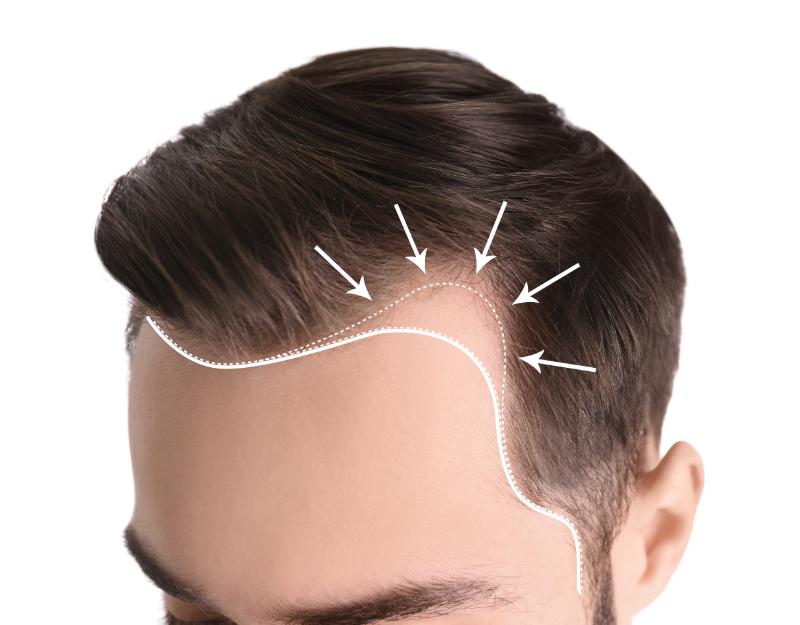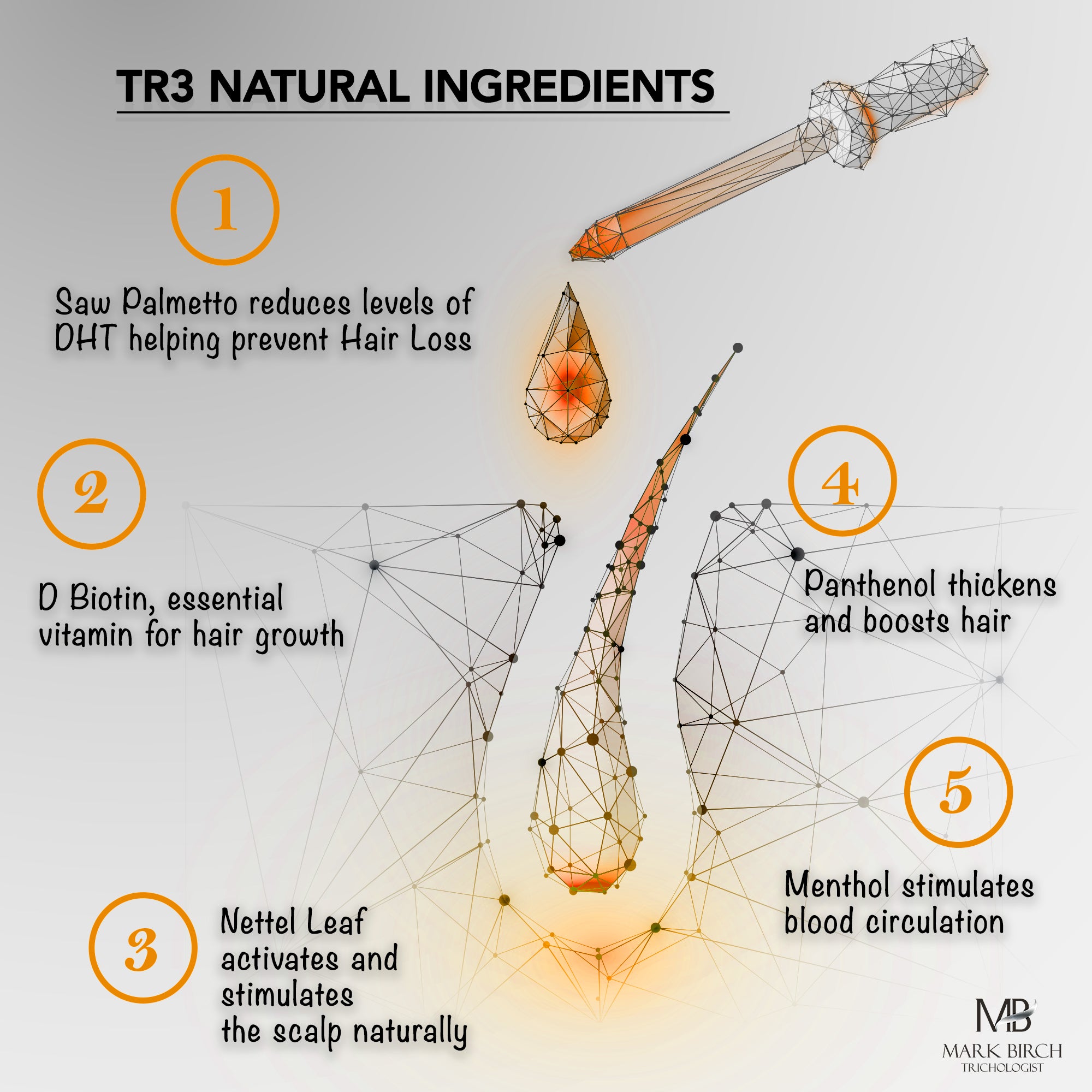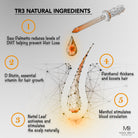

What causes hair loss?
Hereditary hair loss (Androgenetic Alopecia / male-pattern and female-pattern hair loss) is the most common cause of hair loss in both men and women. It is a hereditary trait mediated by multiple genes, and the rate of hair loss progression varies among individuals.
It is a hereditary trait mediated by multiple genes, and the rate of hair loss progression varies among individuals. At the core of hereditary hair loss is the male hormone DHT (dihydrotestosterone). Normal hormone levels / androgens can cause hair loss in genetically susceptible individuals.
In men, hair often begins to thin at the temples or crown in early adulthood, and hair loss can lead to complete baldness (Duodecim Health Library).
In women, the pattern of hair loss differs from men, but the same underlying mechanism (DHT) affects women as well. Menopause or changes in hormone levels usually start or accelerate hereditary hair loss process.
What can you do?
You should take action when noticing hair loss because, in hereditary hair loss, hair growth cycle slows down and hair follicles shrink, potentially leaving the area bald with time.
Our recommended solution
TR3 Treatment Serum is a CE-marked medical device that works both as a vasodilator (similar to Minoxidil) and as a 5-alpha reductase inhibitor (similar to Finasteride) due to its effective natural ingredients, but as a plant-based solution, it does not cause the side effects associated with medications.
The TR3 Scalp Therapy Lotion has been specially formulated for thinning hair and to prevent hair loss. TR3 promotes new hair growth with active ingredients and helps prolong the hair growth cycle.
Easy to use drops with no sticky or greasy feeling.
CE registered medical device
Size: 50ml

Can hereditary hair loss be prevented?
In many cases, hereditary hair loss can be prevented, slowed down, and even halted. The growth cycle of a hair follicle that has already begun to miniaturise can be restored, but a shrivelled (dead) follicle cannot be reactivated. In such cases, the skin grows over the follicle, and the only treatment option is a hair transplant. Therefore, especially men who experience hair loss at a younger age and more rapidly should take action as soon as they notice hair loss.
Ultimately, hair growth cycle becomes so short that the growing hair fails to achieve sufficient length to reach the surface of the skin, leaving an empty follicular pore.













